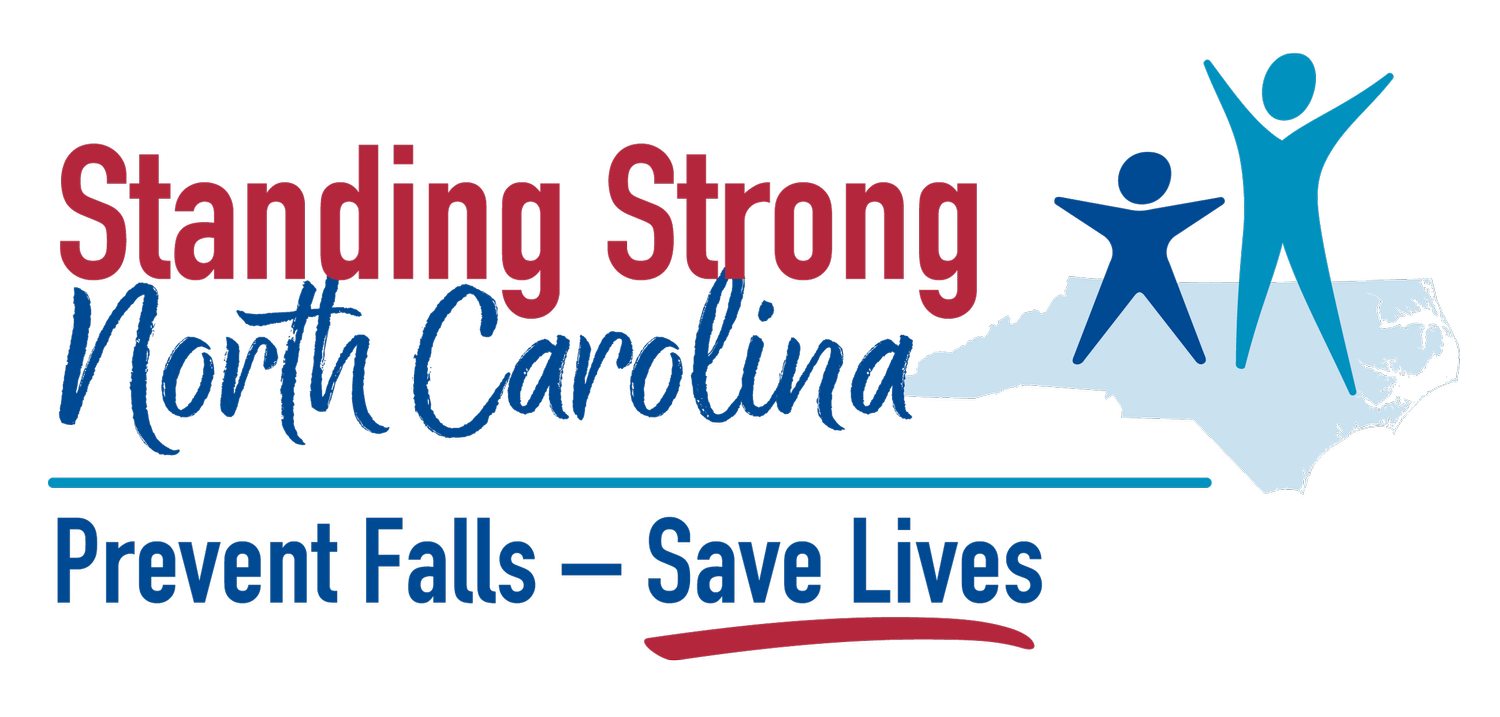The Power of Volunteerism: Enhancing Age-Friendly Communities and Preventing Falls
As we age, staying active and engaged in our communities becomes increasingly important. One powerful way to achieve this is through volunteerism. Volunteering not only benefits the community, but also provides a sense of purpose and fulfillment for older adults. In particular, volunteering in age-friendly initiatives and fall prevention programs can have a profound impact on both the volunteers and those they serve.
Photo by RDNE Stock project: https://www.pexels.com
The Importance of Age-Friendly Initiatives
Age-friendly initiatives are designed to create environments that support the health, well-being, and participation of older adults. These initiatives often focus on improving accessibility, promoting social inclusion, and enhancing the overall quality of life for seniors. By volunteering in these programs, older adults can play a crucial role in shaping their communities to be more accommodating and supportive.
Enhancing Accessibility: Volunteers can help identify and address barriers that prevent older adults from fully participating in community life. This might include advocating for better public transportation, ensuring that public spaces are accessible, or assisting with home modifications to improve safety and mobility.
Promoting Social Inclusion
Photo by Wellness Gallery Catalyst Foundation: https://www.pexels.com
Promoting Social Inclusion: Loneliness and social isolation are common challenges faced by older adults. Volunteering in age-friendly initiatives can help combat these issues by fostering connections and building a sense of community. Whether it is organizing social events, leading group activities, or simply providing companionship, volunteers can make a significant difference in the lives of their peers.
Improving Quality of Life:
Age-friendly initiatives often include programs that promote physical and mental well-being. Volunteers can support these efforts by leading exercise classes, offering educational workshops, or providing resources on healthy living. By sharing their knowledge and skills, volunteers can help their peers lead healthier, more fulfilling lives.
The Role of Volunteers in Fall Prevention
Falls are a leading cause of injury among older adults, but many falls can be prevented with the right interventions. Volunteers can play a vital role in fall prevention programs, helping to reduce the risk of falls and improve safety for their peers.
Photo by Marcus Aurelius: https://www.pexels.com
Leading Exercise Programs: Regular physical activity is essential for maintaining strength, balance, and flexibility, all of which are crucial for preventing falls. Volunteers can lead exercise classes specifically designed for older adults, such as tai chi, yoga, or strength training. These classes not only improve physical health but also provide opportunities for social interaction and support.
Conducting Home Safety Assessments: Volunteers can visit the homes of older adults to identify potential hazards and recommend modifications to reduce the risk of falls. This might include installing grab bars, improving lighting, or rearranging furniture to create clear pathways. Recently a walk audit was performed in Southwest High Point. Performing a walk audit takes a look at “Aging-In Community.”
Providing Education and Resources:
Knowledge is a powerful tool in fall prevention. Volunteers can offer workshops and distribute materials on topics such as proper footwear, medication management, and safe home practices. By educating their peers, volunteers empower them to take proactive steps in reducing their fall risk.
Photo by RDNE Stock project: https://www.pexels.com
The Benefits of Volunteering for Older Adults
Volunteering offers numerous benefits for older adults, both physically and emotionally. Engaging in volunteer activities can help maintain cognitive function, reduce stress, and improve overall well-being. It also provides a sense of purpose and accomplishment, which is especially important during retirement years.
Staying Active:
Volunteering often involves physical activity, whether it is leading an exercise class, assisting with home modifications, or participating in community events. Staying active helps maintain physical health and can reduce the risk of chronic conditions.
Photo by cottonbro studio: https://www.pexels.com
Lifelong Learning:
Volunteering provides opportunities to gain experience, new skills, and gain knowledge. Whether it is through training sessions, workshops, or firsthand experience, volunteers can continue to grow and develop throughout their lives.
Photo by Kampus Production: https://www.pexels.com
Building Connections:
Volunteering fosters social connections and helps combat loneliness. By working together towards common goals, volunteers build meaningful relationships and create a strong sense of community.
Photo by Rene Terp: https://www.pexels.com
In conclusion, volunteerism is a powerful way for older adults to stay engaged, active, and connected. By participating in age-friendly initiatives and fall prevention programs, volunteers can make a significant impact on their communities while also enhancing their own well-being. So why not take the first step and explore volunteer opportunities in your area? Your time and effort can make a world of difference.
Looking for more resources and support? Check out the links below!
Standing Strong NC- Exercise Resources
Standing Strong NC- Home Safety Checklist
Author: Robert Gerken, Certified Aging-In-Place Specialist, NC Falls Prevention Coalition Steering Committee, Age-Friendly Guilford Coordinator, Guilford County Delegate North Carolina Senior Tar Heel Legislature, and AARP Volunteer








